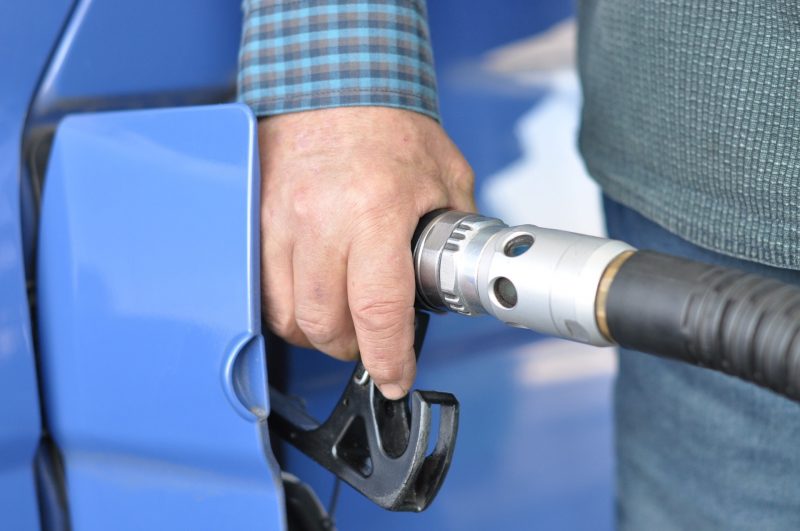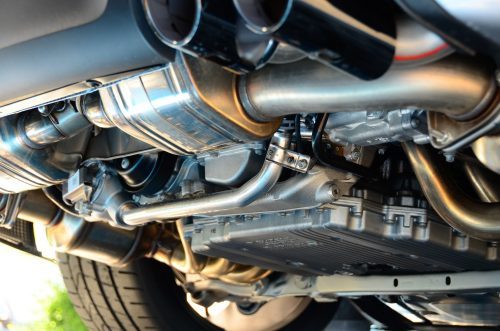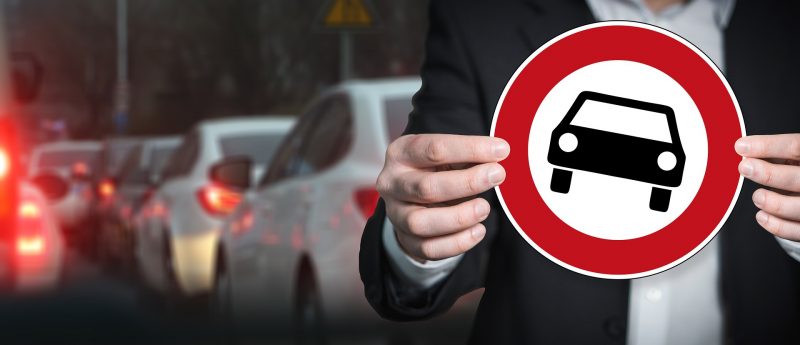Last updated on November 21st, 2019
The reason some of us are guilty of postponing our car’s maintenance for as long as possible, is how much of a hassle it can be. With various faults having several potential root causes, being sure that your brakes are at fault can be somewhat of a mind boggle. Here are surefire ways of knowing when to check your brakes:
Leaks or Rust in Rotor or Pedals
To check for leaks in your brake fluid, you can put a piece of paper underneath your brake rotor, if you find residue of colorless liquid, similar to cooking oil, then the fluid is leaking. As for checking for worn out rotors or pads, it is fairly easy to spot the rust when it hits. This brings us to a crucial point, choosing the best replacement parts for your brakes. While there may be various options available at your local mechanic, it’s always recommended to know what equipment you’re buying. The manufacturers of EBC brakes are sure to have their kits tested and have integrated them with efficient engineering. This is mainly what you want to be looking for when investing in a brake kit. You need to ensure that it’s top quality.
Response Time and Coming to a stop
The best way to be sure of the state of your brakes is noting the sequence of events that happen while pushing on the pedal. The sequence observed with healthy brake systems: once you press the pedal the car decelerates proportionally to the rate at which you pushed on the pedal, continuing to do so till the car completely stops. Whether you’re a Nascar racer or just a normal driver, you must know the distance it takes for your car to decelerate, then stop. Driving your car regularly causes you to subconsciously memorize your car’s dimensions and its acceleration and deceleration rates. Once you start noticing it taking a bit longer for you to stop, head to your local mechanic ASAP.
Vibrations after Pedal Press
When you press the brakes and start noticing unholy vibrations in your car, your car brakes are most probably at fault. While it may not always affect the act of stopping or slowing your car, it stems from faulty hydraulics, leaking brake fluid, worn out brake pads or rotors, which, in hand, are a sign your brake efficiency are becoming critically low. This mostly happens in cases where the brakes have exceeded the recommended duration of time or number of miles driven without undergoing a checkup. Most manufacturers and mechanics state that most brakes have a life span of 2 years or 30,000 miles. Additionally, they recommend you not waiting till the 2-year mark for a checkup, rather 3 months before the end of their life span.
Having up and running brakes at all times is something that shouldn’t be dismissed. It isn’t just about your own well being, it’s also about the well being of the people that ride with you and other drivers on the road. These signs can help you understand the root of the most common brake issues you face and will hopefully make you feel more knowledgeable when discussing the issue with your mechanic. Always remember to drive safely and never drive a faulty vehicle.







